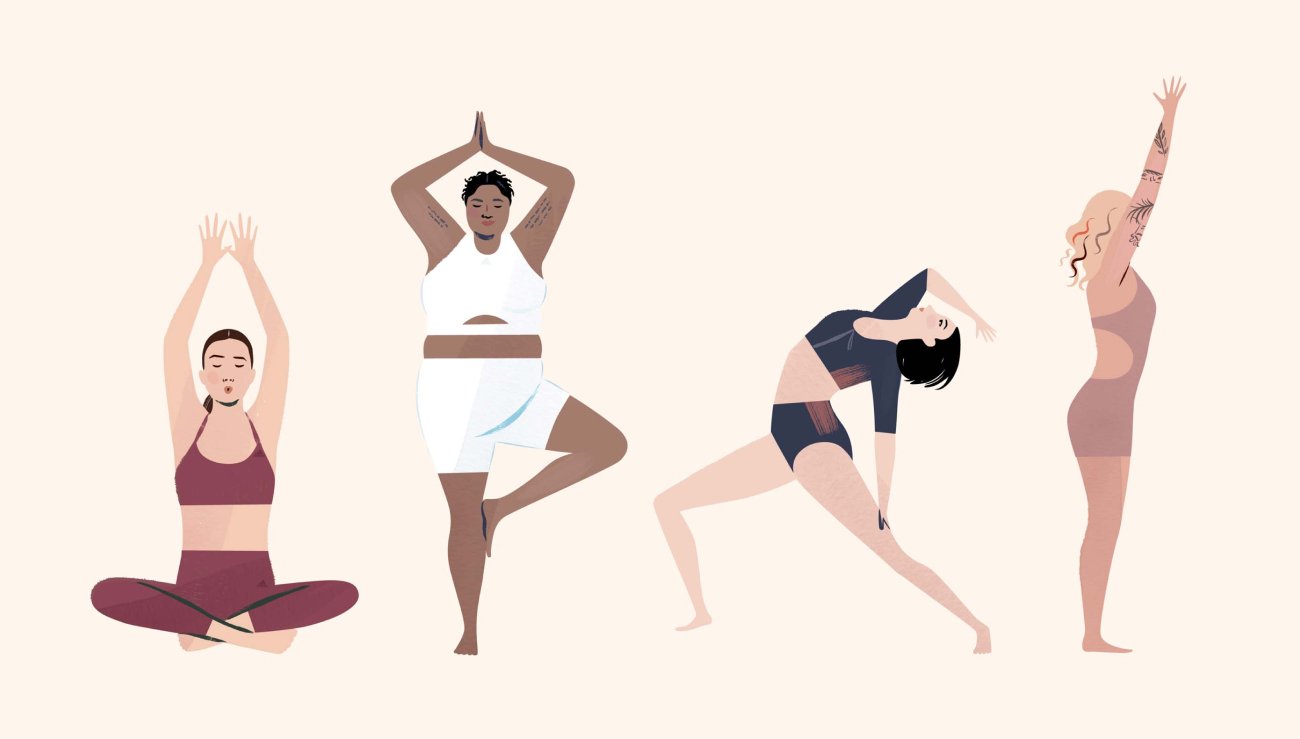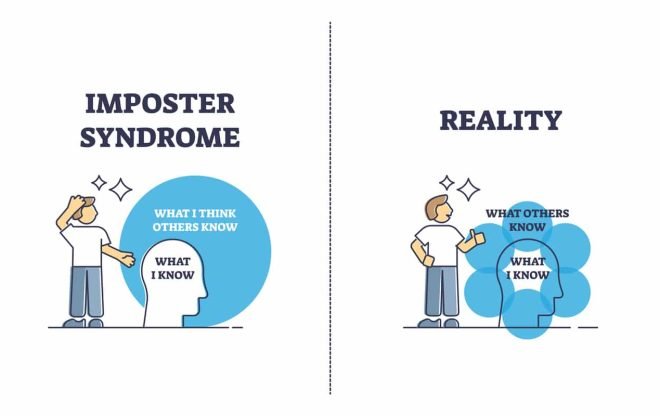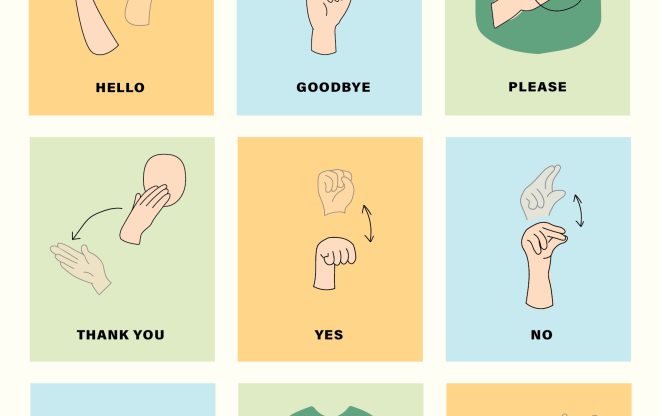Unknot Your Mind: How Yoga Can Be Your Mental Health Anchor
Ever felt like your brain has 20 tabs open and they’re all buffering? That overwhelming, restless feeling is something we all experience—be it due to work stress, emotional burnout, or just the chaos of daily life. While scrolling on Instagram may seem like a break, what we truly need is a reset from within. Enter: Yoga—an ancient practice that’s more than just poses and flexibility goals. It’s one of the most underrated tools for mental health hygiene, and here’s why.

Yoga Isn’t Just for the Body—It’s Therapy for the Mind
We often think of yoga as a way to get toned arms or a flexible spine. But what we overlook is how it literally rewires the brain. Regular yoga practice has been shown to reduce cortisol levels (the stress hormone), regulate the nervous system, and improve brain plasticity. In simpler terms—it makes your brain more resilient and better equipped to handle life’s messiness.
The stillness you experience in yoga? It’s not just silence. It’s mental spaciousness, where anxiety, overwhelm, and racing thoughts finally get a pause button.
Why It Hits Home: Our Modern-Day Mind Fog
You know those moments when you’re lying in bed, exhausted but unable to sleep because your mind won’t shut up? Or when you’re doing something fun, but can’t be present because your to-do list is playing on loop?
That’s not just poor time management or overthinking—it’s nervous system dysregulation. We’re constantly in “go mode,” wired and tired, with no built-in rituals to recalibrate. That’s why yoga feels like a full-body exhale—it gives our overworked minds the structure to finally unclench.

Yoga Tips for a Healthier Mind
Whether you’re a complete beginner or someone who fell off the mat months ago, these tiny tweaks can bring yoga’s mental health benefits into your daily life:
1. Start with Just 5 Minutes
You don’t need a 60-minute flow to feel better. Begin with 5 minutes of deep breathing (try the 4-7-8 method) or basic seated stretches. Consistency matters more than intensity.
2. Try “Mental Reset” Poses
Some poses are known to calm the nervous system. Try:
- Child’s Pose (Balasana) for anxiety
- Legs-Up-The-Wall (Viparita Karani) for burnout
- Cat-Cow stretches for emotional release
3. Anchor with Breath (Pranayama)
Breathwork is the secret sauce. Alternate nostril breathing (Nadi Shodhana) or Box Breathing are great for immediate calm and clarity.
4. Make It Feel-Good, Not Instagram-Worthy
Yoga isn’t a performance. The goal isn’t to perfect the pose but to connect with yourself. Play soft music, light a candle, and create an environment you look forward to.
5. Journal Post-Practice
After a short practice, jot down how your body and mind feel. You’ll start to notice patterns—days you feel lighter, more grounded, or more focused.
Yoga as a Soft Landing
In a world that glorifies hustle and speed, yoga gives us permission to slow down. It tells us it’s okay to pause, stretch, breathe, and just be. And in doing so, it strengthens the very core of our mental well-being—not just by helping us relax, but by making us more mindful, resilient, and emotionally agile.
So next time your brain feels like a cluttered inbox, unroll that mat—not for a workout, but for a mental reset.
Found this helpful? Subscribe below for more



